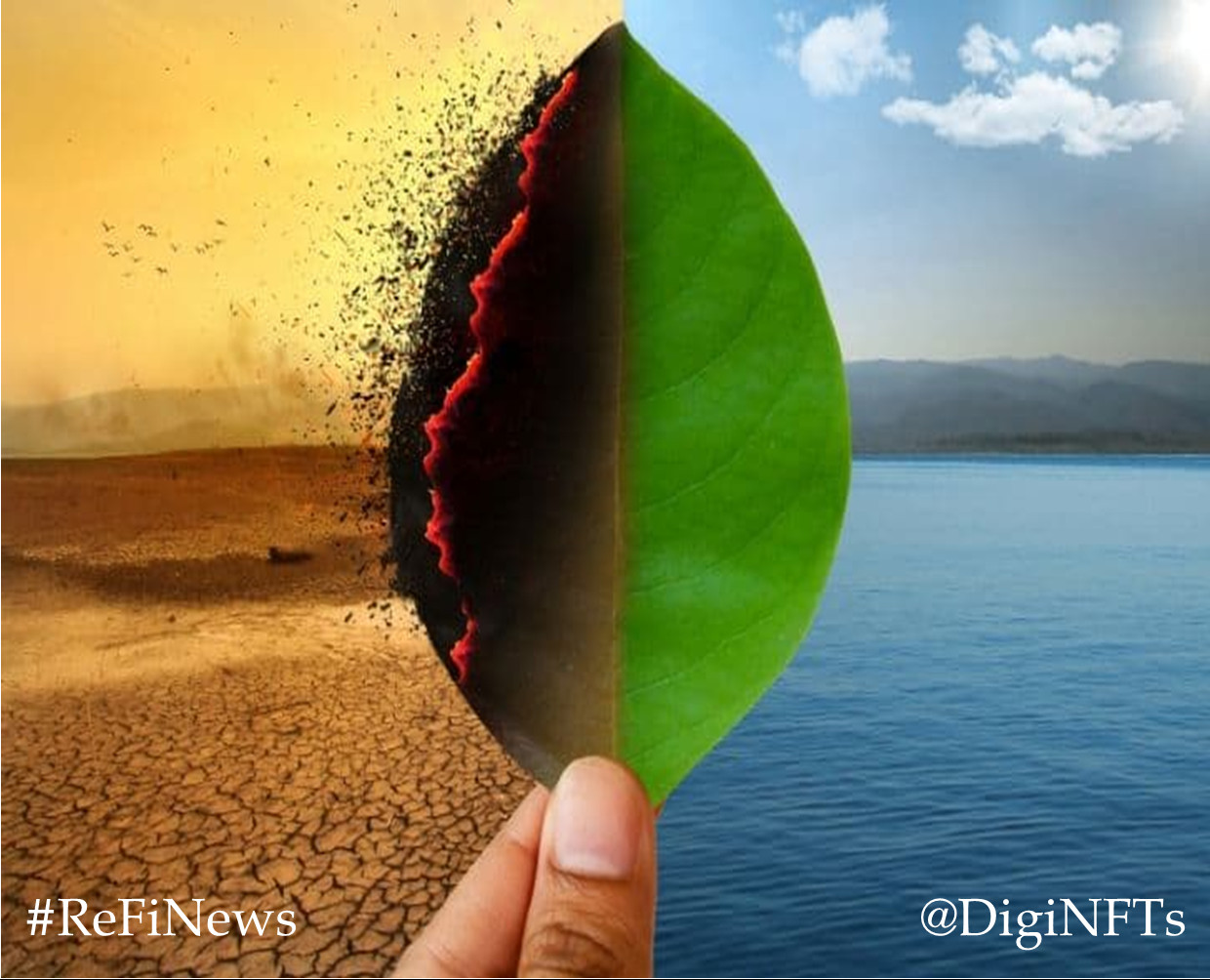Summary Guide: Navigating a Warmer World
As the global thermostat inches upwards, the intricate weave of life on Earth, known as biodiversity, faces unprecedented challenges. From the towering rainforests to the delicate coral reefs, the consequences of rising temperatures permeate every nook and cranny of our planet's ecosystems.
Understanding the Science of Rising Temperatures
Sources of the Uptrend: Human activities, especially the burning of fossil fuels and deforestation, have increased concentrations of atmosphere-warming greenhouse gases, such as carbon dioxide.
Climate's Altered Course: These heightened levels alter the planet's energy balance, leading to more heat being trapped than released. This imbalance manifests as the global temperature rise.
Biodiversity at a Glance
Nature's Mosaic: Biodiversity is the term for every living organism on Earth, from microscopic plankton to the vast blue whales, and the intricate relationships they share in their ecosystems.
Our Dependence: Beyond the sheer wonder of nature, biodiversity is pivotal for human survival. It provides food, medicinal sources, and plays a part in climate stabilization.
How Rising Temperatures Affect Biodiversity
- Habitat Dislocation: As areas get warmer, many species are forced to migrate to cooler zones, causing habitat fragmentation and competition.
- Coral Bleaching: Warmer ocean waters result in corals expelling the algae they rely on, leading to 'bleached' white reefs which are more susceptible to disease.
- Breeding Discrepancies: Temperature plays a key role in breeding patterns. As temperatures deviate, breeding seasons can become disrupted, resulting in reduced offspring.
- Food Source Depletion: With disrupted ecosystems, food sources can become scarce, leading to a decline in species populations.
Implications for Humanity
- Food Chain Disturbance: Any reduction or extinction in a species can trigger a domino effect in the food chain, potentially impacting human food sources.
- Economic Repercussions: Reduced biodiversity, especially in sectors like fishing, can hurt economies dependent on these resources.
- Emerging Health Threats: Changes in ecosystems can foster environments conducive for vectors of diseases, posing direct health threats to humans.
Mitigating the Damage: Steps Forward
- Green Energy Transition: Moving to renewable energy sources can significantly reduce the greenhouse gases contributing to global warming.
- Conservation Efforts: Implementing conservation techniques to protect endangered species and their habitats is vital.
- Promote Sustainable Practices: Encouraging sustainable agricultural and fishing methods can ensure both biodiversity and human livelihoods are maintained.
The Road Ahead
The intricate dance between rising global temperatures and biodiversity signifies more than just environmental change; it hints at a shifting future. It's imperative to understand this link and undertake cohesive action to counteract the challenges posed. As stewards of Earth, it's not just about preserving biodiversity but ensuring a sustainable future for all. #ReFiNews








